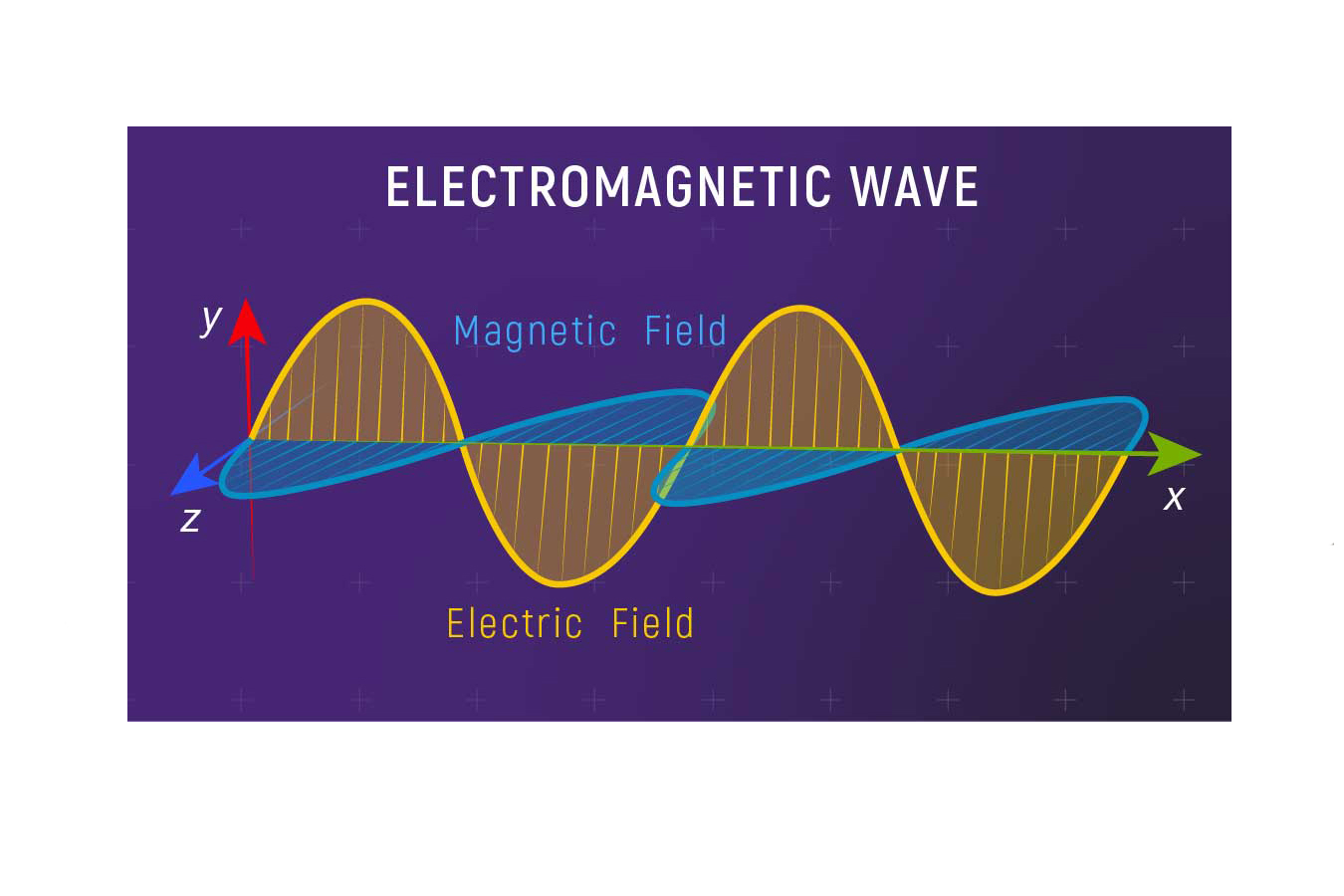The electromagnetic force is a force that affects subatomic particles and other objects that contain electrical charge. It is one of the three fundamental forces in the Standard Model of particle physics—the forces that cannot be reduced to an even smaller force.
Objects can have a positive, negative, or neutral electric charge. The electromagnetic force causes objects with opposite electrical charges to be attracted to each other. For example, protons, which have a positive charge, are attracted to electrons, which have a negative charge. Objects with the same charge move away from each other. For example, two protons will push each other away. Combining objects with equal amounts of positive and negative charge results in a neutral charge—in other words, an electrical charge of zero.
The electromagnetic force is what keeps atoms together. It’s the force responsible for electrons remaining in orbit around nuclei. This is because the negatively charged electrons around the nuclei are attracted to the positively charged protons inside the nucleus. Even the nucleus of the simplest element, hydrogen, has a proton and an electron.
Electromagnetism involves the interaction of two types of fields—electrical and magnetic. This interaction links electricity and magnetism together. A moving charge (electrical current) produces a magnetic field, and a changing magnetic field produces an electrical field.
The electromagnetic force is carried by photons. This force is linked to all light in the universe, including the light we see. The electromagnetic force has an infinite range. However, it gets less and less strong the further two electrically charged objects are from each other.
DOE Office of Science: Contributions to the Standard Model of Particle Physics
The Department of Energy (DOE) has a long history of supporting research into fundamental particles and the forces that govern them. Five of the six types of quarks, one type of lepton, and all three neutrinos were discovered at institutions that are now DOE national laboratories. Researchers supported by the DOE Office of Science, often in collaboration with scientists from around the world, have contributed to Nobel Prize-winning discoveries and measurements that refined the Standard Model.
These efforts continue today. Scientists supported by the DOE Office of Science run experiments that make precision tests of the Standard Model and further improve measurements of particle properties and their interactions. Theorists work with experimental scientists to develop new avenues to explore the Standard Model using particle accelerators and other tools. This research may also provide insight into what sorts of unknown particles and forces might explain dark matter and dark energy as well as what happened to antimatter after the Big Bang.
Electromagnetic Force Facts
- Electromagnetism is only one hundredth the strength of the strong force. Unlike the strong force, it works over any distance.
- Learn more about the forces in the Standard Model in this Fermilab video.
- Scientists describe how electromagnetism interacts with particles using a theory called quantum electrodynamics. This is a type of quantum field theory—a set of principles that uses quantum mechanics and relativity to explain how subatomic particles behave via force fields such as the electromagnetic force.
Resources and Related Terms
- DOE Office of Science Office of High Energy Physics
- DOE Office of Science Office of Nuclear Physics
- Symmetry Magazine
- U.S. Particle Physics
- Science highlight: New Insights on the Interplay of Electromagnetism and the Weak Nuclear Force
Scientific terms can be confusing. DOE Explains offers straightforward explanations of key words and concepts in fundamental science. It also describes how these concepts apply to the work that the Department of Energy’s Office of Science conducts as it helps the United States excel in research across the scientific spectrum.


